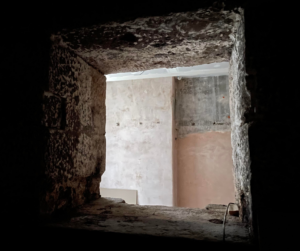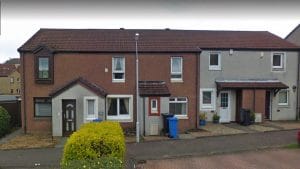As private commercial property investors we should understand what the Wework model really is. Read on to learn how their model works and what things to consider for your own commercial property investment strategy.
Wework is getting a lot of attention right now, mainly about it’s potential IPO and the huge valuation. On the face of it they let out workspace to startup businesses, freelancers and even large corporates. But in terms of a commercial investment point of view let’s look a little deeper to work out what the model actually is.
Is Wework a property investment company?
The main factor you might consider to prove whether Wework is a property investment company would be “does it actually own any property?”. Well no, it actually leases almost all of its locations from other property owners. So from that perspective it actually owns very little real estate. So Property can’t be the main factor underpinning it’s huge valuation of $20 Billion, down from $47 Billion only a few months ago.
Is it a Tech Start-up?
The fact that it has burnt through $2.6 Billion in the first half of this year certainly does make it sound like a tech startup. It wears that badge of honour well. However, in my humble opinion to be a tech start-up company you would perhaps have a new technological development, either a platform or patented technological innovation that makes life easier for people and businesses to achieve something that is taking longer or costing more than it really should. Uber for instance was a new platform that many millions of travellers have benefitted from.
Wework has taken big spaces, broken them up and created a platform where people and businesses can access office space in buildings where otherwise the space would have been too big for their requirements. They also take away the head aches of running a large office building. But they are not the first to do this and there are many, many others in the market providing the same service, so no technological break through there I am afraid.
So what is it?
Wework is essentially a huge commercial rent to rent model. It rents from large corporate landlords on long leases and rents the space out on short term licenses to business occupiers. The challenge with Commercial leasing is that the lease periods tend to be far longer than what you might be accustomed to with residential rent to rent deals. So if there is a downturn then someone may loose their shirt as the obligations still need to be met whether you are sub letting or not.
Wework is essentially a huge commercial rent to rent model.
What can we learn & improve?
Rent to rent can be a great business model but let’s be fair it is not an investment or technology company. By using some modern tech & great design, yes you can create inspiring space for people to work in, but if you also own the property then it is completely different proposition.
When you own the building on the surface it still appears your business is letting out small business units to start-ups and businesses, however the real business model is owning and controlling the underlying asset. In the first instance you can create real value by changing the building use and increasing the net income, but also a well chosen building can have a plan B or C should things not quite work out the way you had envisioned. If the market changes and there is a downturn and you only lease the space there is usually no option to change the use or redevelop the building. This is the big question most industry pundits are currently asking Wework: “What happens when there is a downturn and you have $Billions of lease obligations to meet?”
Speed of growth.
Of course WeWork have two major advantages for growth and that is avoiding the capital intensive nature and the time it takes to buy commercial real estate in city centres. Both of these factors can slow down growth and lets face it Wework only started 9 years ago and has over 500 locations worldwide, with a variable valuation that is sitting around $20B, at the time of writing. Awesome growth by anyone’s book. However as private investors in real estate it should be obvious to us that the real business is actually the asset underneath.
A Commercial property rent to rent model will give you certain outcomes but long term there are bigger risks than residential rent to rent and you are possibly missing the big point: By owning the property you have a chance to really affect your portfolio value which in turn allows you to leverage for more.
From our own point of view, despite looking at many opportunities for commercial rent to rent in the past, we have always bought the underlying assets to maximise our long term valuation growth. We do still look at these opportunities of course but have not yet found one suitable for our investment strategy.
So don’t let the current noise affect your strategies. As with all property investment there are many different ways to enter the commercial property market, including rent to rent. So if you are considering commercial property as a viable option for your portfolio then first ask yourself what are your desired outcomes? Then adopt the strategy that will work for you.






